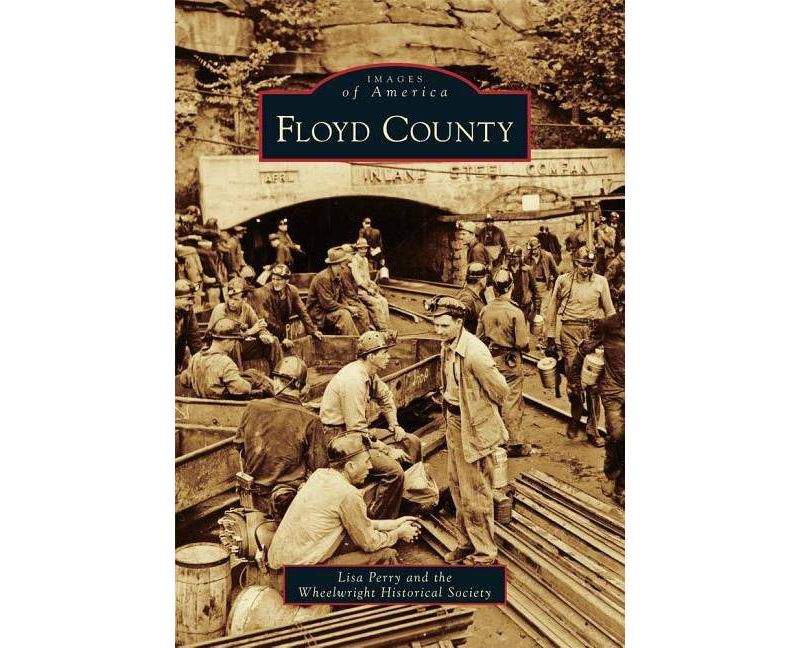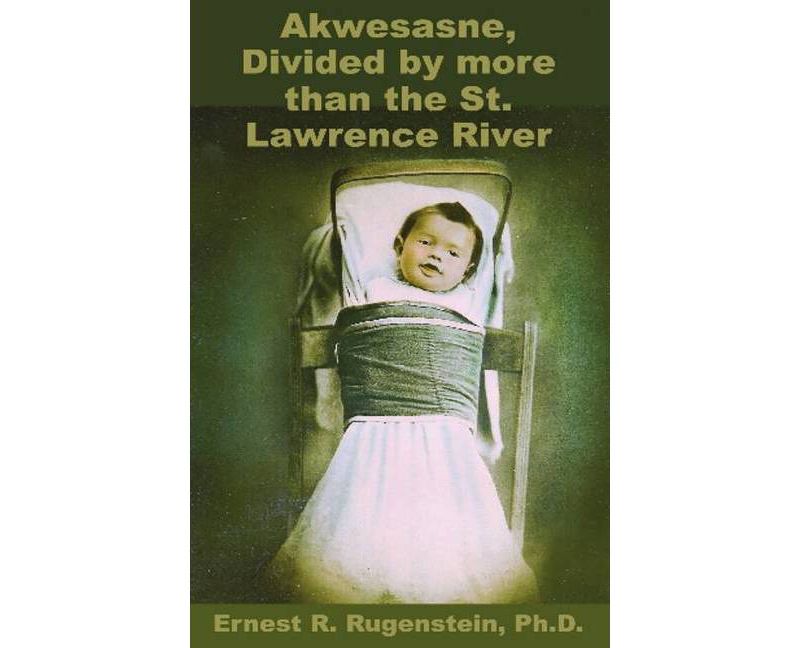- Clothing, Shoes, Jewelry & Watches
- Home, Garden, Outdoor & Pets
- Electronics
- Audio, Video & Portable Devices
- Cables
- Adapters & Gender Changers
- Headsets, Speakers & Soundcards
- Power Protection
- 3D Printing
- Video Cards & Video Devices
- Tools & Components
- Sound Cards
- Alternative Energy
- Barebone / Mini Computers
- SSDs
- Accessories
- Mobile Accessories
- Storage Devices
- Personal Care
- Healthcare
- Home Theatre Systems
- Laptops, Computers & Office
- Speakers & Audio Systems
- Tech Services & Support
- Projectors, TVs & Home Theater
- Wi-Fi & Networking
- Cell Phones
- Electronics Deals
- Headphones
- Tablets & E-Readers
- Digital Cameras
- Home Phones
- Tech Accessories
- Electronics Sanitizing & Cleaning Supplies
- Smart Home
- Batteries, Power Banks & Chargers
- Wearable Technology
- GPS & Navigation
- Movies, Music, Books & Games
- Luggage
- Bible Covers
- Briefcases
- Camo
- Coolers
- Toiletry Bags
- Tote Bags
- Backpacks
- Carry-on Luggage
- Checked Luggage
- Lunch Bags
- Travel Accessories
- Luggage Deals
- Laptop Bags & Briefcases
- Kids' Luggage
- Duffels & Gym Bags
- Suitcases
- RFID Blocking Luggage & Travel Accessories
- Luggage Sets
- Mens' Luggage
- Handbags
- Accessories
- Outdoor
- Beauty Luggage
- Travel Totes
- Garment Bags
- Weekenders
- Messenger Bags
- Beauty & Health
- Category List
- Clothing, Shoes, Jewelry & Watches
- Home, Garden, Outdoor & Pets
- Electronics
- Audio, Video & Portable Devices
- Cables
- Adapters & Gender Changers
- Headsets, Speakers & Soundcards
- Power Protection
- 3D Printing
- Video Cards & Video Devices
- Tools & Components
- Sound Cards
- Alternative Energy
- Barebone / Mini Computers
- SSDs
- Accessories
- Mobile Accessories
- Storage Devices
- Personal Care
- Healthcare
- Home Theatre Systems
- Laptops, Computers & Office
- Speakers & Audio Systems
- Tech Services & Support
- Projectors, TVs & Home Theater
- Wi-Fi & Networking
- Cell Phones
- Electronics Deals
- Headphones
- Tablets & E-Readers
- Digital Cameras
- Home Phones
- Tech Accessories
- Electronics Sanitizing & Cleaning Supplies
- Smart Home
- Batteries, Power Banks & Chargers
- Wearable Technology
- GPS & Navigation
- Movies, Music, Books & Games
- Luggage
- Bible Covers
- Briefcases
- Camo
- Coolers
- Toiletry Bags
- Tote Bags
- Backpacks
- Carry-on Luggage
- Checked Luggage
- Lunch Bags
- Travel Accessories
- Luggage Deals
- Laptop Bags & Briefcases
- Kids' Luggage
- Duffels & Gym Bags
- Suitcases
- RFID Blocking Luggage & Travel Accessories
- Luggage Sets
- Mens' Luggage
- Handbags
- Accessories
- Outdoor
- Beauty Luggage
- Travel Totes
- Garment Bags
- Weekenders
- Messenger Bags
- Beauty & Health
- Baby & Toys
- Sports & Outdoors
- School & Office Supplies
- Breakroom & Janitorial Supplies
- Diaries
- Utility & Stationary
- Pens & Pencils
- Teacher Supplies & Classroom Decorations
- Paper
- Markers
- Binders
- School Supplies
- Packing & Mailing Supplies
- Tape, Adhesives & Fasteners
- Boards & Easels
- Crayons
- Desk Organization
- Pencils
- Filing & Organizers
- Journals
- Pens
- Labels & Label Makers
- Tools & Equipment
- Calendars
- Sticky Notes
- Notebooks
- Erasers & Correction Tape
- Pencil Cases
- Planners
- Retail Store Supplies
- Highlighters
- Locker Accessories
- Cute School Supplies
- School & Office Accessories
- Food & Grocery
- Shops All
- Unique-Bargains
- Cool cold
- Wesdar
- i-Star
- CoCoCo
- Targus
- Cooling Device Accessories
- Xtrike Me
- Tech/Gaming
- Gift Cards
- Women's Accessories
- Flash
- Men's Clothing
- Gift Ideas
- Brand Experiences
- Sale on Select School & Art Supplies
- Jewelry
- Featured Brands
- Nursing Items
- Storage
- Men's Shoes
- College
- School & Office Supplies
- Bullseye's Playground
- PRIDE
- Women's and Men's Shoes & Accessories
- Holiday Trees, Lights & More Sale
- Women's Dresses
- Gingerbread
- Caregiver Essentials
- Baby Bath
- select School Supplies
- Doorbusters
- Bedding & Bath
- Women's Sandals
- Sandals for the Family
- Men's Accessories
- Shops All
- One-day Easter sale
- select Health Items
- Friendsgiving
- Women's Tops, Shorts & Shoes
- Made By Design Organization
- Baby Mealtime
- For New & Expecting Parents
- Crayola Kids' Daily Deal
- Spritz Party Supplies
- Wellness Icon Glossary
- Our Generation Dolls & Accessories Kids' Daily Deal
- select Home items
- Mas Que
- Baby Apparel
- Children's Board Books Kids' Daily Deal
- Select Office Furniture
- Most-added Wedding Registry Items
Buy Floyd County - (Images of America (Arcadia Publishing)) by Lisa Perry (Paperback) in United States - Cartnear.com
Floyd County - (Images of America (Arcadia Publishing)) by Lisa Perry (Paperback)
CTNR803360 09780738585727 CTNR803360$ 23.71 $ 24.19 2% Off
*Product availability is subject to suppliers inventory
SHIPPING ALL OVER UNITED STATES
100% MONEY BACK GUARANTEE
EASY 30 DAYSRETURNS & REFUNDS
24/7 CUSTOMER SUPPORT
TRUSTED AND SAFE WEBSITE
100% SECURE CHECKOUT
Genre: History
Sub-Genre: United States
Series Title: Images of America (Arcadia Publishing)
Format: Paperback
Publisher: Arcadia Publishing (SC)
Age Range: Adult
Book theme: State & Local
Author: Lisa Perry
Language: English
About the Book
Floyd County, named for Kentucky pioneer John Floyd, was formed in 1799. Originally encompassing all of the Big Sandy River Valley and much of eastern Kentucky, the boundaries included portions of what are now Pike, Martin, Knott, Magoffin, and Johnson Counties. Because of its river access, Floyd County developed earlier than many counties in eastern Kentucky. Prestonsburg, the county seat, became a major river port and center of trade in the region. With the coming of the railroad in 1903 and the coal industry, which began booming in the early 20th century, the county rapidly grew. This growth included a rapid rise in population due to the migration of native-born whites from around the country, European immigrants, and African Americans from southern plantations and coalfields. What had been an agrarian, white population suddenly took on a whole new face, one more reflective of the nation. The railroads and coal industry permanently changed both the economy and culture of Floyd County.Book Synopsis
The railroads and coal industry permanently changed both the economy and culture of Floyd County, Kentucky.
Floyd County, named for Kentucky pioneer John Floyd, was formed in 1799. Originally encompassing all of the Big Sandy River Valley and much of eastern Kentucky, the boundaries included portions of what are now Pike, Martin, Knott, Magoffin, and Johnson Counties. Because of its river access, Floyd County developed earlier than many counties in eastern Kentucky; Prestonsburg, the county seat, became a major river port and center of trade in the region. With the coming of the railroad in 1903 and the coal industry, the county rapidly grew, in no small part thanks to the rapid rise in population due to the migration of white Americans from around the country, European immigrants, and African Americans from southern plantations and coalfields. What had been an agrarian, white population suddenly took on a whole new face, one more reflective of the nation. The history of coal production plays a large role in this book, particularly the Wheelright Coal Camps, but we know how much Kentucky has given to contribute to the story of America.
Review Quotes
Title: Book celebrates history of Floyd County
Author: Staff Writer
Publisher: Appalachian News-Express
Date: 5/29/2010 In a new pictorial history book, Images of America's "Floyd County," by Lisa Perry and the Wheelwright Historical Society, over 200 vintage photographs chronicle the changes in the county's economy and culture brought about by the railroads and coal industry. Floyd County, named for Kentucky pioneer John Floyd, was formed in 1799. Originally encompassing all of the Big Sandy River Valley and much of Eastern Kentucky, the boundaries included portions of what are now Pike, Martin, Knott, Magoffin and Johnson counties. Because of its river access, Floyd County developed earlier than many counties in Eastern Kentucky. With the coming of the railroad in 1903 and the coal industry, which began booming in the early 20th century, the county rapidly grew. This growth included a rapid rise in population due to the migration of native-born whites from around the country, European immigrants and African Americans from southern plantations and coalfields. What had been an agrarian, white population suddenly took on a whole new face -- one more reflective of the nation. Highlights of Images of America's "Floyd County": Focuses on the coal camps, coal miners and mine families. Includes tributes to local heroes and legends. Organized into chapters focusing on work life, culture, churches, schools and railroad development throughout the county. Photographs from many coal camps all over the county including Glo, Estill, Martin, Weeksbury, Drift, David, Wayland and Wheelwright, just to name a few. Lisa Perry is a researcher involved in documenting the coal history and racial heritage of Floyd County. The Wheelwright Historical Society is a nonprofit organization dedicated to preserving the history and heritage of southern Floyd County. A portion of the profits from Images of America's "Floyd County" is being donated to Wheelwright Historical Society to help further library development and other regional projects. The book is available at area bookstores, independent retailers, and online retailers, or through Arcadia Publishing at 888/313-2665 or www.arcadiapublishing.com











































